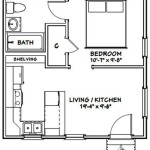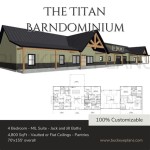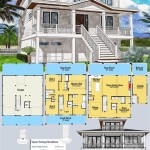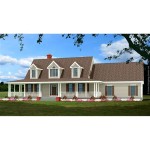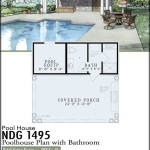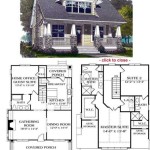Pier house plans are an intriguing style of home construction that has grown in popularity in recent years. These plans are inspired by traditional pier-and-beam construction practices and offer unique advantages to homeowners. In this article, we will explore the benefits of pier house plans and why this style might be a great choice for your next home build.
What Are Pier House Plans?
Pier house plans are a variation on the traditional pier-and-beam construction method of building a house. These plans typically feature a raised foundation system that is supported by a series of piers that are spaced evenly along the perimeter of the house. This type of construction style offers several advantages over traditional foundation methods, including increased stability, improved drainage, and the ability to better support heavier loads.
The Benefits of Pier House Plans
One of the biggest advantages of pier house plans is the stability that it provides. The foundation system is supported by multiple piers, which reduces the risk of settling and foundation damage. This type of construction is also more resistant to damage from water, as the raised foundation helps to keep water away from the house. In addition, pier house plans are also more flexible than traditional construction methods. The piers can be spaced at different intervals, allowing for a wider range of design options. This makes it easier to customize the house to your needs, whether you’re looking for a single-story home or a multi-level home. Finally, pier house plans are also more energy efficient. The raised foundation helps to keep the house cooler in the summer months and warmer in the winter months, reducing the amount of energy needed to keep the house comfortable.
The Drawbacks of Pier House Plans
While pier house plans offer many benefits, there are some drawbacks to this type of construction. For one, the cost of building a pier house is typically higher than other types of construction. Additionally, pier house plans require more maintenance than traditional construction methods, as the piers must be regularly inspected for signs of damage. Finally, pier house plans may not be suitable for all areas. Depending on the soil type and climate, piers may not be able to provide enough stability for certain regions. It’s important to research the area where you plan to build in order to ensure that pier house plans are a viable option.
Conclusion
Pier house plans offer a unique and interesting style of home construction that is becoming increasingly popular. These plans provide a variety of benefits, including increased stability, improved drainage, and energy efficiency. However, they also come with some drawbacks, including increased cost and maintenance requirements. It’s important to consider all of the pros and cons of pier house plans before making your decision.













Related Posts

